"The best part of the CGPP program via CertificationPoint that other student to workforce programs do not offer is allowing students to learn how to sell themselves to a prospective real-world client via RFP's and project bid submissions while earning income at project completion."
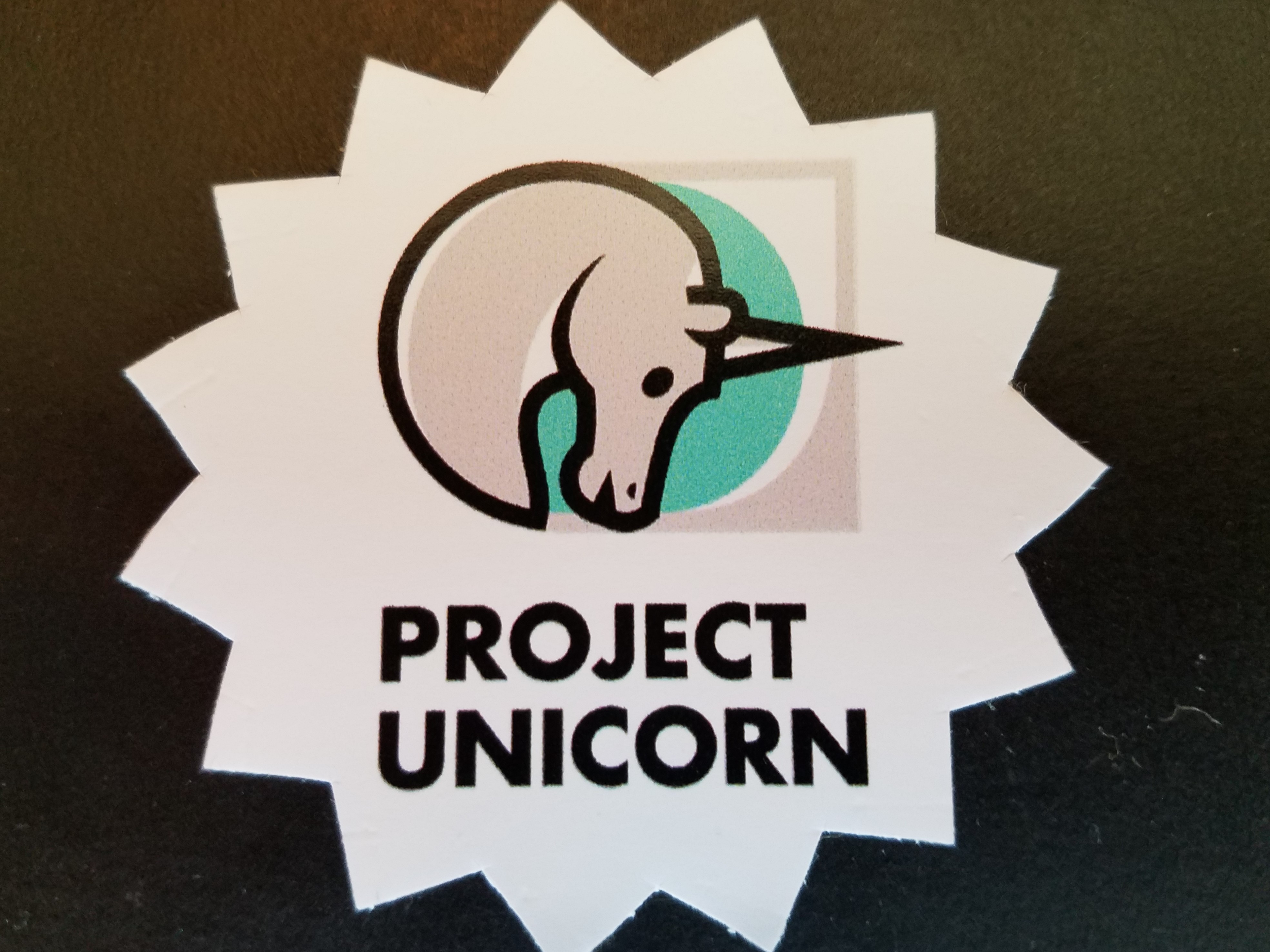
It's fair to say that edtech is far from the darling of European tech. With zero unicorns, it's lagging behind almost every other sector in terms of innovation and success. With billions flying around everything from bank accounts ... ![]()
Type: EduTech Unicorn
Posted: January 3, 2022 - 11:09am

Q: I'm an investor/venture capitalst. How can I get onboard with CertificationPoint?
A: Please contact us at info@certificationpoint.org
Download Our PitchDeck
![]()
Type: Answered Questions
Posted: July 24, 2020 - 11:40pm
| NFT Type | Source/Date | Thumbnail | Description |
|---|---|---|---|
| |
|
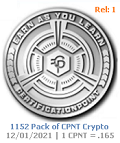 Click Here To View |
|
| |
|
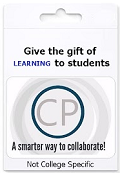 Click Here To View |
|
| |
|
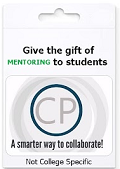 Click Here To View |
|
| |
|
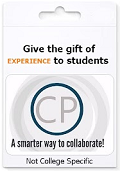 Click Here To View |
|
| |
|
 Request This FREE Item |
[Mintage: 30,000] |
| |
|
 Make An Offer On This Item |
[Mintage: 1] |
| |
|
 Purchase This Item |
[Mintage: 1] |
| |
|
 Request This FREE Item |
[Mintage: 1,000,000] |
| |
|
 Request This FREE Item |
[Mintage: 1,000,000] |


A: Copywriting
Search Engine Optimization (SEO)
Graphic Design
Social Media Marketing
Website Development
eCommerce
Virtual assistant
Accountant/financial consultant
Data Analytics
Software Developer
A: Step 1 – Define Your Goals For Freelancing
Step 2 – Choose Your Best Skills With Which You'll Start
Step 3 – Bundle Your Skills Into A Service
Step 4 – Define Your Target Customer
Step 5 – Decide Reasonable Rates
Step 6 – Legally Incorporate Your Business
A: CertificationPoint
Riipen
Forage
Tallo
Handshake
Parkerdewey
Fiverr
Toptal
Jooble
Freelancer.com
Upwork
A: As high school students, you can sign up for an account on studentfreelance platforms like CertificationPoint (age requirement is 18), Handshake (age requirement is 18) and Riipen (age requirement is 18) and start working as a freelancer. Freelancing offers valuable work experience for students and can provide income for recent graduates.
A: Start looking for clients by using freelance platforms. Freelancing platforms can be a great place to go to find work, especially when you're brand new. But freelancing platforms can also be where (ok, we're just going to say it)... cheap companies go to exploit the time and talent of inexperienced freelancers.
A: Becoming a freelancer with no experience can present a unique challenge. But it's certainly doable! Implement these tips and you can be well on your way to scoring your very first freelance gig. CertificationPoint offers the best ecosystem for beginners.
A: 10 High-Paying Freelance Jobs
Copywriter. Average Pay: $38/hour
Graphic Designer. Average Pay: $36/hour
PR Manager. Average Pay: $52/hour
Professor. Average Pay: $41/hour
Programmer. Average Pay: $38/hour
Software Developer. Average Pay: $42/hour
Technical Writer. Average Pay: $41/hour
Web Developer. Average Pay: $35/hour
A: The answer is yes! F1 students are eligible to work on UpWork as long as they have a valid student visa. In fact, many students use websites such as CertificationPoint, Riipen, and Fiverr to help pay for their education.
A: An F-1 student has three main employment-related guidelines: May work at any qualifying on-campus job that does not displace a U.S. citizen or LPR. May work up to 20 hours per week while school is in session (full-time during those periods when school is not in session or during the annual vacation)
A: Becoming a freelancer in 7 easy steps
1) Define your service & offering
2) Find your target audience
3) Develop a pricing structure
4) Create your portfolio with past jobs
5) Write a great proposal
6) Create a relationship with your client
7) Continue developing your skills
A: One of the best ways to work that gig hustle is to network like a pro. The truth is that it is possible to earn a good living as a freelancer if you're willing to put in the time and energy to make it happen.
A: Start a Website. Probably the easiest way to get started out freelancing with no experience is to create a website for your services
Look on Freelancing Websites
Showcase Your Work
Offer Free Services
Network Within Your Circle
Utilize Social Media
Create Fake Client Projects
Pitch Your Services
A: You can freelance as a student by helping them write marketing content. Some examples include technical writing, reviews, blog posts, scriptwriting, social media posts, brochures, emailers, newsletters, articles and how-to guides. Professionals with skills are in high demand for writing freelance content.
A: Website Design. Web design is an essential skill in today's digital economy
Copywriting
Search Engine Optimization (SEO)
Graphic Design
Social Media Marketing
Website Development
eCommerce
Data Analytics
A: Freelancing is easily one of the best side hustles to make money online. It allows you to monetize your skillset on your own time with lucrative earning potential. It's also incredibly flexible. With freelancing, you get to choose exactly who you work with, which projects you take on, when you work, and where you work.
A: Did you know that more than half of freelancers work less than 30 hours per week, but only half of it is spent on billable activities? That's why, even though they work less, freelancers need to charge more than traditional employees. After all, half of their work time is non-billable.
A: You can usually earn more money because of greater access to clients. As a completely independent freelancer, you often have to look for clients yourself and sometimes pursue cold leads. Being a part of a professional network makes it much easier to secure work.
A: Take Online Surveys
Watch Ads for Money
Play Video Games
Get Paid to Review Songs
Test Products
Take Pictures with Your Phone
Sell Stuff Online
Do Data Entry Work
A: Freelancing is a great way to supplement income, especially for international students. Writing is a given in university, which makes it unsurprising why some students turn to freelance writing for a side income while abroad.
A: The Internal Revenue Service considers freelancers to be self-employed, so if you earn income as a freelancer you must file your taxes as a business owner. While you can take additional deductions if you are self-employed, you'll also face additional taxes in the form of the self-employment tax.
A: Cons of freelancing
Feeling isolated
Hustling 24/7 for new gigs
Inconsistent work and cash flow
Juggling multiple clients
Instead of having one boss, you have several clients to answer to
No paid time off, no maternity/paternity leave
No company-sponsored health benefits, 401(k), etc
A: Hourly - A freelancer is paid per hour for their work at an agreed-upon rate. Project-based: A freelancer is paid a set amount to complete a project with a defined scope and deadline.
A: It can take a while to get your first gig: Don't feel discouraged if you don't land a freelance gig immediately. In general, it takes anywhere from three months to a year to build connections and acquire a steady roster of clients. But once you reach that point, you'll see your career as a freelancer take off.
A: Content Writer...It is probably the easiest freelance job out there. Working as a content writer means having a good level of linguistic ability and writing skills to write content for blogs, websites, social posts, ebooks, product descriptions, etc.
A: It's not uncommon for freelancers to burn out quickly. Whether it's too many deadlines to handle, poor time management skills, or just taking on too much work, the stress is real. It's just different from what most people are used to.
If you're planning to become a freelancer, you have to be willing to tolerate risk and financial instability. Even experienced freelancers who have been in the business for several years sometimes find themselves struggling financially. To mitigate this risk, start out by freelancing as a side hustle.